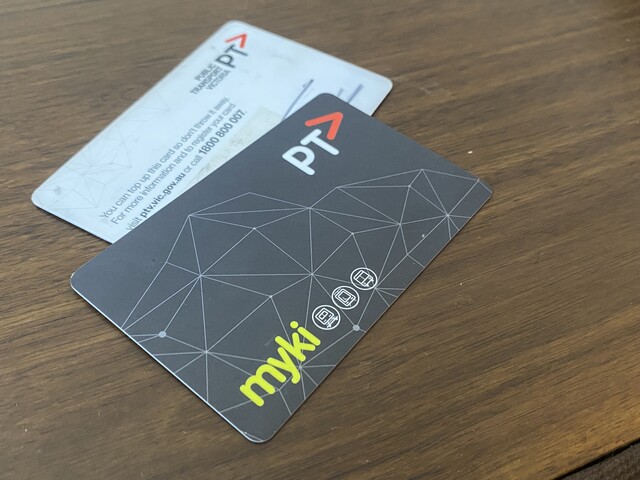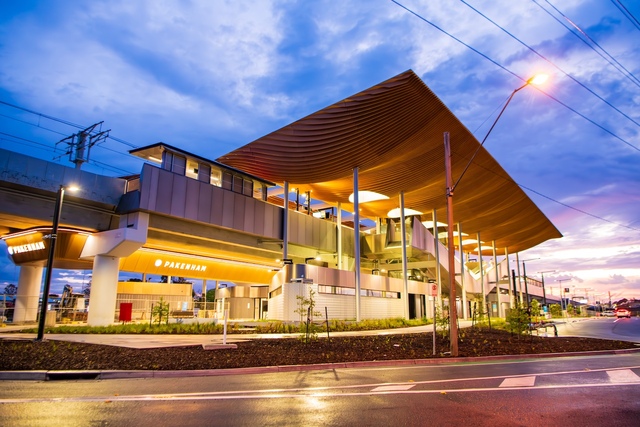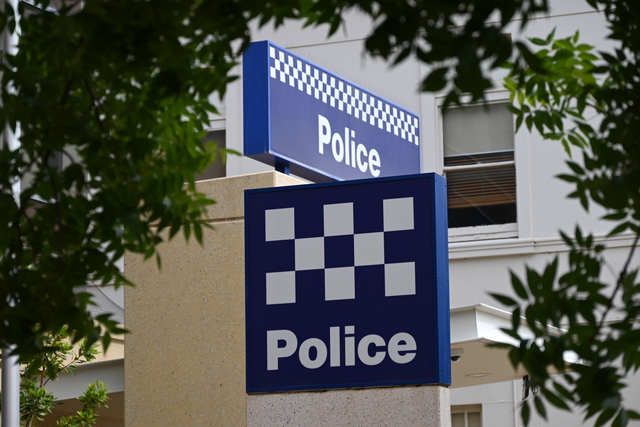Cranbourne resident Tina Monserrate went on an emotional ride as she looked back on the stroke that hit her, a day that turned her life upside down.
The last thing she remembered was having dinner with her husband, who noticed her face was dropping down and she was slurring words.
When Tina recovered some consciousness, she was already in the hospital, hearing her husband talking with the doctor and watching friends and family members surrounding her sickbed.
It was March 2020, an unfortunate time to be hospitalised when the Covid pandemic just started.
Families were not allowed in the ward and nurses were working flat out.
Without anyone assisting her for the toilet, Tina got out of the bed alone and fell, which added to a prolonged recovery.
Three years after, Tina still endures the aftermaths, with impaired peripheral vision, speech, and cognitive function.
But she believes things happen for a reason and maybe her story could remind other people to protect their bodies and treasure the most important things in their lives.
Since her incident, Tina has been actively engaged with promoting stroke awareness.
She is taking part in the Stride4Stroke challenge and raising funds for the Stroke Foundations throughout November to help prevent stroke, save lives and enhance recovery.
“I keep doing the fundraising and Stride4Stoke is the one that I keep on promoting,” she said.
“But now since I cannot get out by myself, I have to wait for somebody to assist me to go to those activities.”
Stride4Stroke sees entrants set an activity goal to increase their daily moving minutes to lower their stroke risk, while fundraising to prevent stroke, fund research and support survivors and their families at all stages of their recovery journey.
According to the Stroke Foundation, an Australian has a stroke every 19 minutes.
And many of the one million strokes per year globally are linked to physical inactivity.
In any given week, 12 per cent of Australians say they won’t be exercising.
Research shows just 30 minutes of exercise five times a week can reduce your stroke risk by 25 per cent.
Stroke Foundation chief executive officer Dr Lisa Murphy said one of the benefits of Stride4Stroke was that participants could set their own activity goal for walking, running, cycling, dancing or swimming with endless other options.
“You could raise some much-needed funds all while lowering your own stroke risk,” she said.
Tina believed stress was one of the reasons she developed stroke.
Driving every day to her intensive job, she had to finish projects and manage a team of people while sacrificing sleep and rest.
“My message to those who had a stroke is keep healthy and, at the same time, look after yourself,” she said.
“The stroke can happen at any age. But keep moving.”
More than 1000 individuals and 200 teams across Australia have signed up for Strike4Stroke, contributing more than $120,000.
Every dollar raised from Stride4Stroke will help prevent stroke, fund research and support survivors and their families at all stages of the recovery journey.
If you want to engage, to register as an individual or to join a group, visit stride4stroke.org.au
To support Tina in her fundraising, visit stride4stroke.org.au/fundraisers/TinaMonserrate3508








